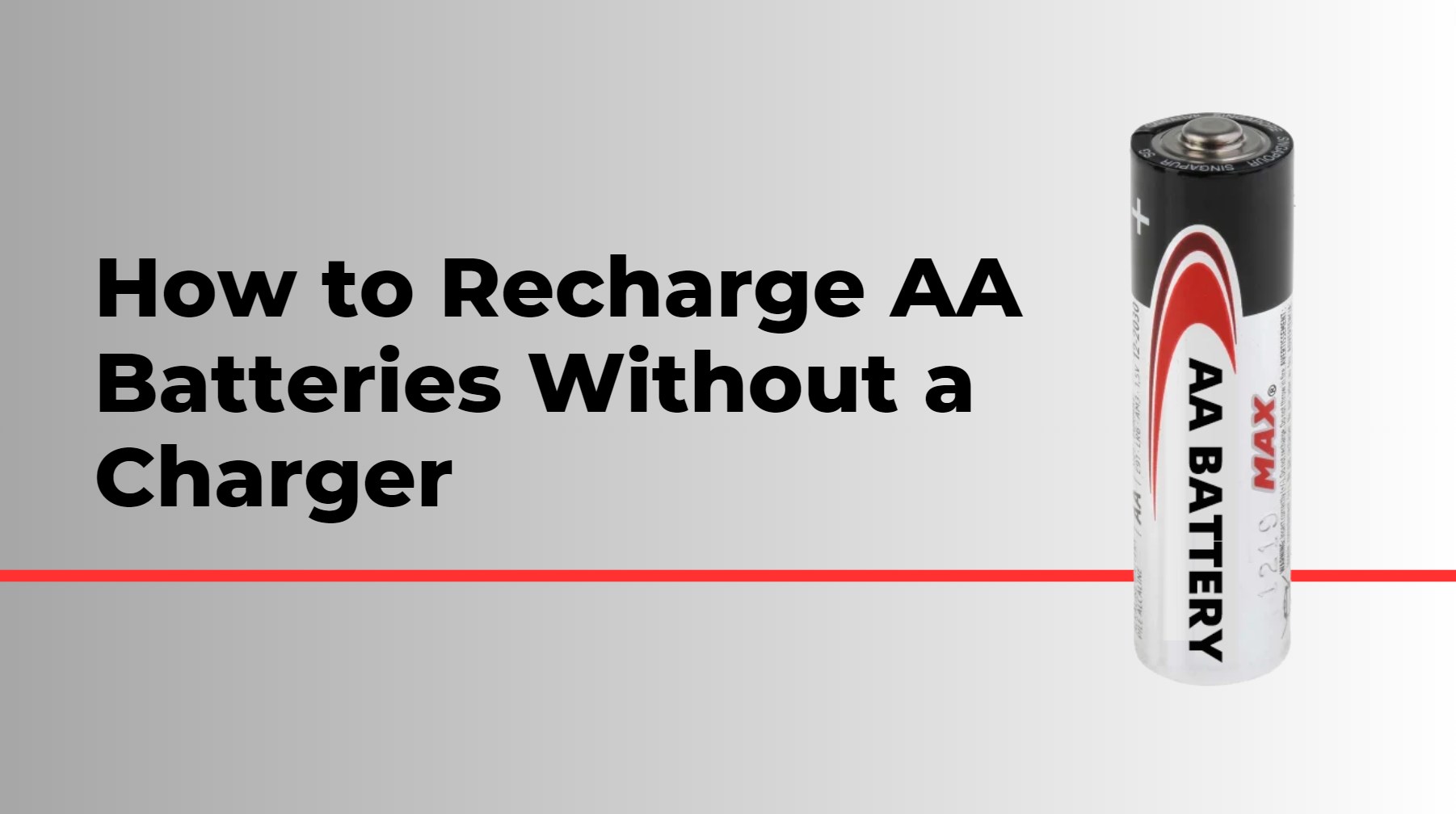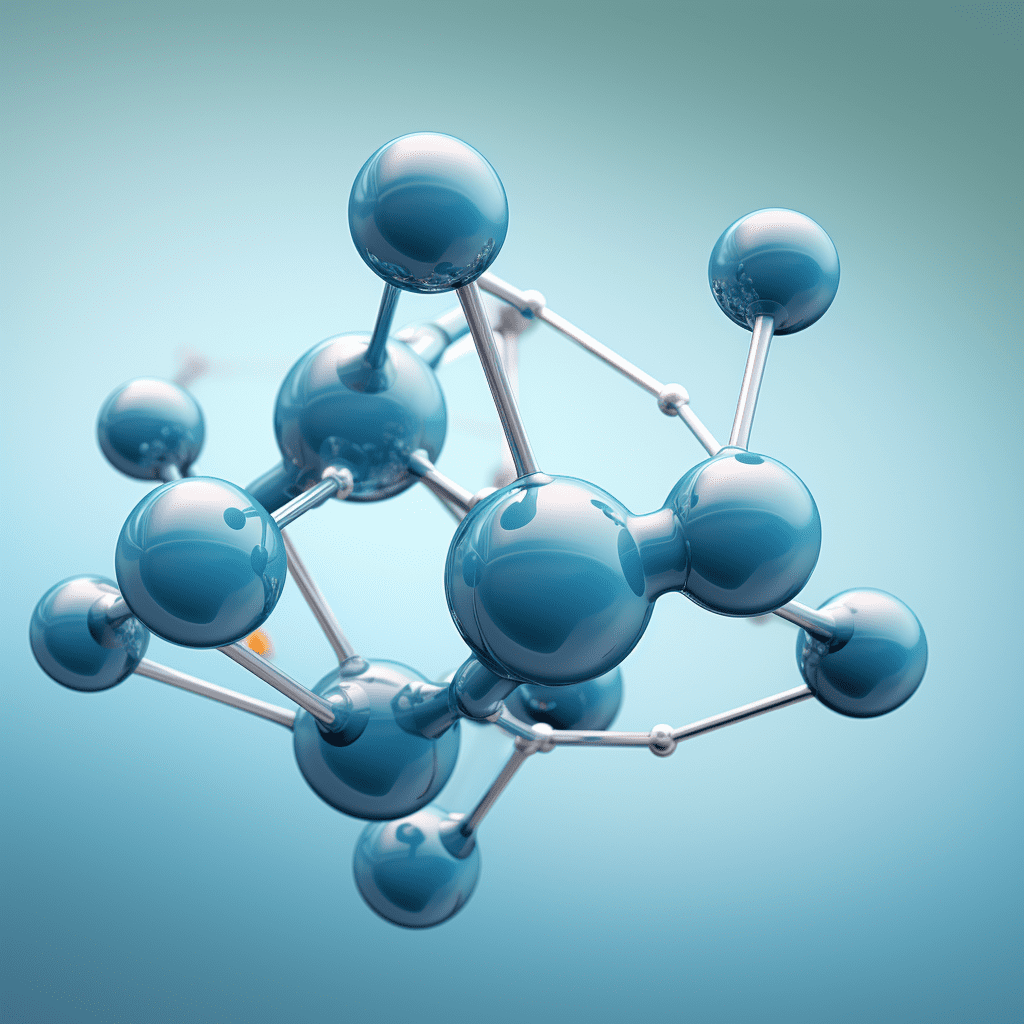Recharging AA batteries without a dedicated charger is possible using alternative methods, but it requires caution and the right techniques to ensure safety and efficiency. This complete guide will explore various methods for recharging AA batteries, including precautions to take during the process.{start article}
What Are the Common Types of AA Batteries?
AA batteries come in several types, and understanding these is crucial before attempting to recharge them:
- Alkaline Batteries: Non-rechargeable batteries that should not be recharged as it can lead to leakage or rupture.
- NiMH (Nickel-Metal Hydride) Batteries: Rechargeable batteries that can be charged multiple times and are commonly used in devices.
- NiCd (Nickel-Cadmium) Batteries: Older rechargeable technology that is less common today due to environmental concerns but can still be recharged.
Chart: Types of AA Batteries
| Type | Rechargeable | Common Uses |
|---|---|---|
| Alkaline | No | Household devices |
| NiMH | Yes | Cameras, remote controls |
| NiCd | Yes | Power tools, older electronics |
How Can You Recharge NiMH or NiCd AA Batteries Without a Charger?
If you have NiMH or NiCd batteries, there are several methods to recharge them without a dedicated charger:
- Using a USB Power Source: You can use a USB cable connected to a battery holder designed for charging. Ensure the battery holder has the correct circuitry to prevent overcharging.
- Direct Connection to a Power Supply: If you have access to a regulated power supply, connect the battery directly. Make sure the voltage matches (typically around 1.4V for NiMH/NiCd).
- Using Another Battery: You can use a fully charged AA battery to transfer energy to a depleted one through appropriate connections, ensuring voltage compatibility.
Chart: Methods for Recharging AA Batteries
| Method | Description | Safety Considerations |
|---|---|---|
| USB Power Source | Connects via battery holder | Use a proper battery holder |
| Direct Power Supply | Connects directly with regulated voltage | Monitor voltage closely |
| Another Battery | Transfers energy from one battery | Ensure voltage compatibility |
Why Is It Important to Use Proper Charging Techniques?
Using proper charging techniques is essential for several reasons:
- Safety: Improper charging can lead to overheating, fires, or explosions. Always monitor the charging process closely.
- Battery Longevity: Correct charging practices help extend the lifespan of your batteries by preventing damage from overcharging or deep discharges.
- Performance: Properly charged batteries perform better and provide consistent power output.
What Are the Risks of Charging Without a Dedicated Charger?
Charging AA batteries without a dedicated charger carries certain risks:
- Overcharging: Without proper voltage regulation, there is a risk of overcharging the battery, which can lead to swelling or leakage.
- Short Circuits: Incorrect connections can cause short circuits that may damage the battery or create fire hazards.
- Inconsistent Charging: Alternative methods may not provide consistent charging rates, leading to incomplete charges or reduced capacity.
Chart: Risks of Improper Charging Techniques
| Risk | Description |
|---|---|
| Overcharging | Can cause swelling or leakage |
| Short Circuits | May damage the battery or create fire hazards |
| Inconsistent Charging | Leads to incomplete charges |
How Can You Safely Handle and Store AA Batteries?
Proper handling and storage are critical for maintaining the safety and performance of AA batteries:
- Use Protective Cases: Always store batteries in protective cases to prevent physical damage and short circuits.
- Avoid Extreme Temperatures: Store batteries in a cool, dry place away from direct sunlight and extreme heat.
- Regular Inspections: Periodically check batteries for signs of wear, damage, or swelling.
Chart: Best Practices for Handling and Storing Batteries
| Practice | Description |
|---|---|
| Use Protective Cases | Prevents physical damage |
| Avoid Extreme Temperatures | Reduces risk of overheating |
| Regular Inspections | Checks for wear and damage |
Industrial News
The market for rechargeable batteries continues to grow as consumers seek sustainable energy solutions. Recent innovations in charging technology have improved safety features and efficiency in charging methods for rechargeable AA batteries. Companies are focusing on developing smarter chargers that minimize risks associated with improper charging while enhancing user convenience.
Redway Expert Insights
Understanding how to handle and charge rechargeable batteries safely is essential for maximizing their lifespan and performance,” states an expert from Redway Battery. “While alternative charging methods exist, using dedicated chargers remains the safest option for maintaining battery health.”
FAQ Section
Can I charge alkaline AA batteries?
No, alkaline batteries are not designed for recharging and attempting to do so can be dangerous.
How long does it take to charge an AA battery using these methods?
Charging time varies based on capacity and method but typically ranges from one to four hours when using appropriate techniques.
What should I do if my battery gets hot while charging?
Disconnect it immediately from the power source and allow it to cool down before assessing any potential issues.
Do I need special equipment for charging without a charger?
Yes, using proper adapters or holders designed for transferring power is crucial for safety.




